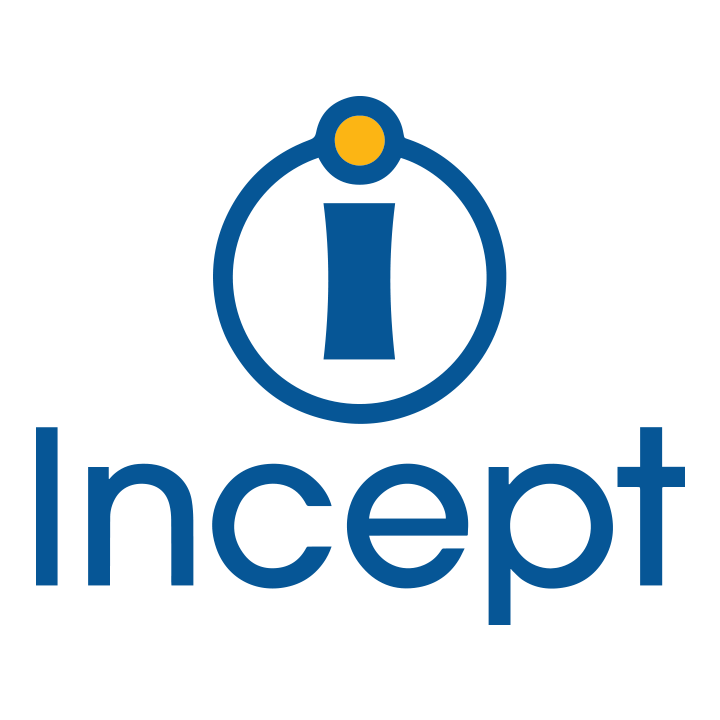Incept was recently spotlighted by The National Center For The Middle Market in their Strategic Planning for Growth research analysis. Through their research, the NCMM uncovered three critical components of strategy—definition, development process, and execution—that work together to enable companies to achieve their growth goals. Below is a short video summarizing the key findings of the analysis followed by an excerpt from the report: Incept’s journey from rapid expansion to focused growth.
Incept: From Rapid Expansion to Focused Growth
When Incept, a multi-channel contact center, opened its doors 25 years ago, the five-person team decided to start big. One of the founders was lucky enough to land Microsoft at a tradeshow, and the business was off and running. The call center quickly grew to 200 people. For the first 10 years, it bounced between major “whales” including Ford, Honda, and Monster.com.
“Starting off with such huge accounts really blew any idea of strategy out of the water,” says CEO Sam Falletta. “We’d get a major deal. Then we would focus on what we did, not who we are. There was enough meat to justify that approach.”
While exciting, the process of changing from one major customer to another every couple of years was also exhausting. “It whipped the whole organization around and didn’t feel very sustainable,” says Falletta.
Several things happened to cause the company’s leaders to rethink their approach. Do Not Call legislation and the international outsourcing boom changed the game for the entire industry, causing many U.S. based call centers to close their doors. Stumbling into a new, underserved market changed things for the Incept team.
“Through a referral, we started working with a regional blood center,” explains Falletta. “We found that the blood donation industry, an industry that provides an essential service to people in need in the community, was one we could really be passionate about. Our people liked being lifesavers and not just telemarketers.”
The company’s leaders realized this newfound direction fit nicely into Jim Collins’ Hedgehog Concept: finding the intersection between your passion, what you can do better than anyone else, and what drives your economic engine.
“It was like we woke up one day and realized we’re now doing strategy,” Falletta says. For the first time, Incept could clearly articulate the market it would serve—and the markets it would not. “We decided to go all in and fundamentally shift our approach from grabbing any major prospect to focusing on this specific industry.”
Over the years, the company has honed its strategy and made a commitment to continually working on the business. Incept now has three KPIs (market share, employee turnover, and gross margin), which serve as indices of its three strategic pillars:
1. CUSTOMER SATISFACTION
How well the company does at gaining new accounts and retaining existing ones,
2. EMPLOYEE ENGAGEMENT
The ability to retain employees in an industry that’s notorious for high-turnover, thus limiting the time and money spent on finding and training new people, and
3. OPERATING EFFICIENCY
Which reduces costs and waste and allows the company to retain a greater percentage of every dollar earned
Every year, the leadership team chooses three different focuses or themes within each of its key metrics and engages the entire company in projects around the themes. Projects are then reviewed and refined every 90 days, and employees are kept up to date through weekly town hall meetings.
The focus on strategy has enabled much more stable, profitable growth for the business and has helped Incept find ways to cut employee turnover in half. Perhaps most important, it has given the business’s leaders a way to assess opportunities and make choices.
“We now know what opportunities we want to pursue and what we’ll accept if it comes to us. And we know what we’ll say ‘no’ to, what we don’t have the time or energy to pursue, or what will distract us from what we truly want to be,” says Falletta. “As they say, strategy is a choice.”
For more information about the The National Center For The Middle Market or the Strategic Planning for Growth research analysis, please visit www.middlemarketcenter.org.

